The Confederate flag has been in the news a lot lately…or, more correctly, the Confederate flag has NOT been in the news lately.
That which some call “the Confederate flag” is NOT the flag of the Confederacy at all.
It’s important to study and understand history.
A review…
The states did not secede all at once. Obviously, it was a decision with intense ramifications. The original flag of the Confederate States of America (CSA) shows the growth of the new and short-lived nation beginning with a confederacy of 7 sovereign states, then 9, then 11, and finally 13 states.




The design of this flag drew heavily from the same roots as the flag of the United States, especially the Betsy Ross flag, as did the Constitution of the CSA. From the Southern perspective at that time, many citizens felt they were remaining true to the original Constitution of the United States of America. In its original version, the founders did not address the institution of slavery directly. They felt that, if they did, the Constitution might not gain enough support to pass. Even then the issue was highly controversial, as was the issue of Federalism as opposed to the rights of sovereign states, so the founders were very careful to preserve the rights of states and citizens in the Bill of Rights and to institute Constitutional measures by which difficult issues such as slavery could be resolved through the process of governing the new republic.
The Confederate flag was called the “Stars and Bars.” The flag of the United States was called the “Stars and Stripes.” The similarities were confusing and, as you might imagine, caused problems on the battlefield.
Various regional armies and regiments carried their own flags onto the field of battle.
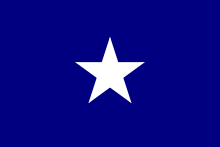
Early 1861
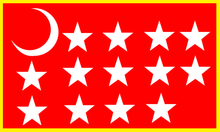
Carried in Western battles c. 1862
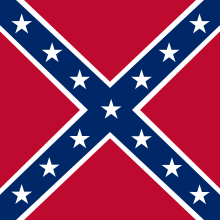
(Notice that it is SQUARE)
The square battle flag of the Army of Virginia gained wide favor because it retained the colors and stars, yet was different enough to be distinctive. Many of the South’s heroes hailed from Virginia, and many battles were fought in that border state. Therefore in 1863 the Confederate States of America adopted a flag that featured the battle ensign of the Army of Virginia.
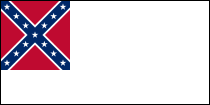
…but if the wind wasn’t blowing just right, this flag could be easily mistaken for a white flag of surrender. Oops!
They tried a modification.
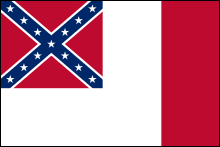
So that’s it. Six official flags of the Confederate States of America and three battle ensigns. Where did the familiar flag you’re seeing in the news come from?

1861-1863
This is the Confederate Navy Jack–an ensign flown over the rather few ships of the Confederate Navy from 1861-1863…

1863-1865
…and THIS is the Confederate Navy Jack that flew over what was left of the Confederate Navy from 1863-1865.
Some of the ground troops admired and unofficially adopted the rectangular shape for the battle flag of the Army of Virginia, but this was NEVER the “Stars and Bars.”
…and this?
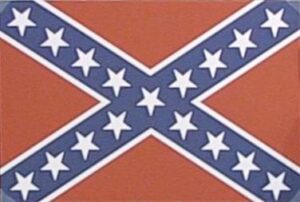
This “emblem” with 17 upside-down stars was displayed during impassioned speeches in the United States Congress on July 9, 2015. I have NO IDEA what this is. As far as I know, such a banner never waved.
Before we can talk as reasoned people about what’s got us all riled up, it would be nice if we could all study history so that we could at least converse from a factual basis. If anyone even cares about history and facts anymore. Just sayin’.
Rant over. Class dismissed. 😉

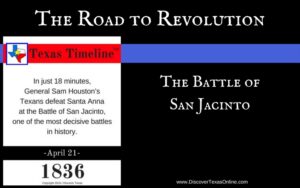


Steve Stapp
Thanks Lynn, I always enjoy your comments.
Lynn Dean
Thanks. It’s always a trick to try to remain somewhat neutral, but that’s why it’s important to stick with facts. When we stray into opinion or impassioned invective, it’s one man’s version against another’s, but if we can manage to look at the truth from all sides, we have at least a chance of reasoning things to a better end.
A dear friend was challenged when his college professor spat, “You Christians make me sick! When will you accept that truth is relative?” My friend calmly responded, “With all respect, sir, truth is not relative. Truth is absolute. It is only our belief that is relative.” Rather profound coming from one so young. I have never forgotten that.
Fay Lamb
Lynn: As always, thank you for your precise account of history. Now, I’m wondering if those of us who value our Southern heritage took up one of those lesser known flags, would those who are offended by the “currently offensive flag” really understand that we’ve circumvented their offense? It would be a great experiment, would it not?